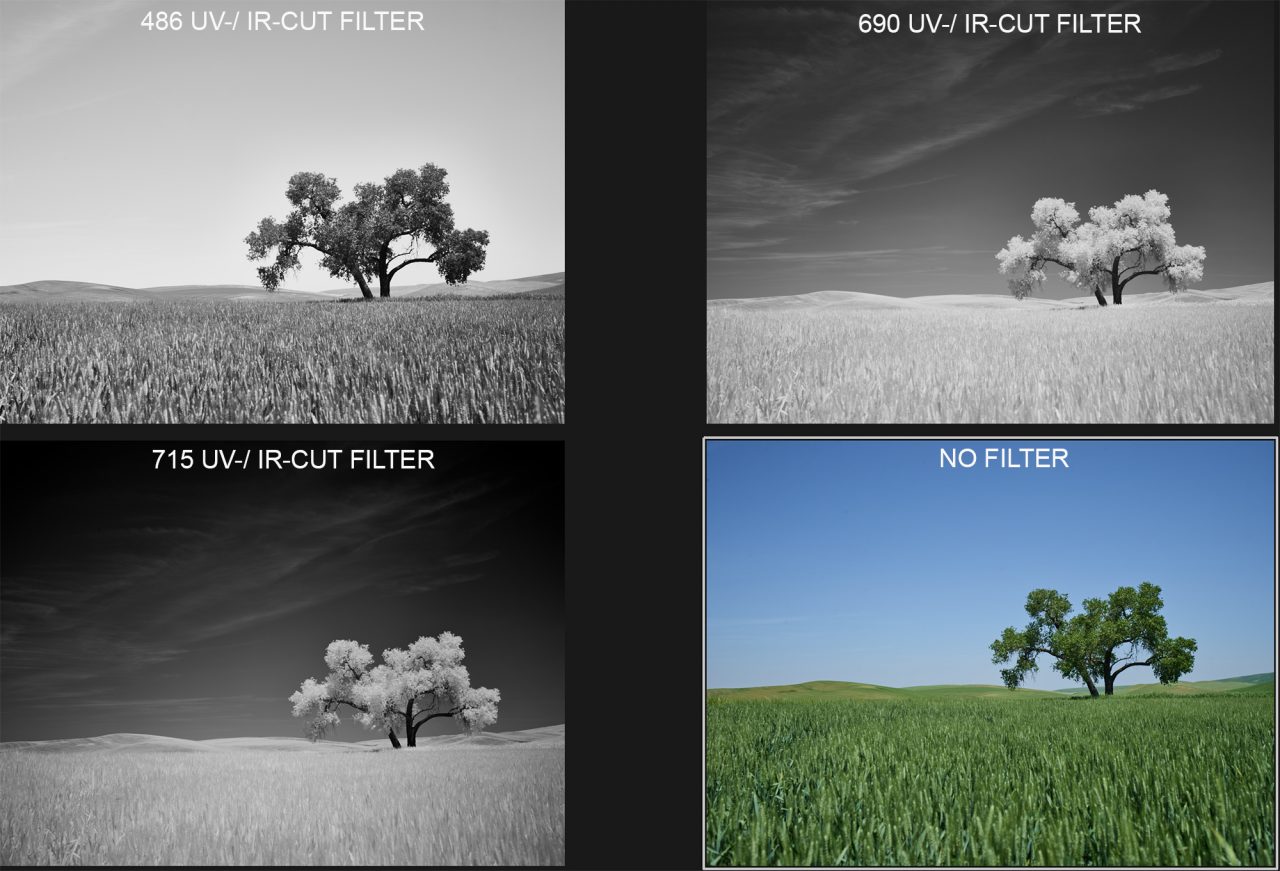Mr Docholiday,
Are you using a Phase One IQ Achromatic Back?
Then none of your comments are valid above.
This is the filters I was discussing in my blog and how you can acheive different "looks" with different filters. The manufacture designates the wave length and thus that is how they are labeled.

schneiderkreuznach.com
Heliopan describes and labels their filter the same.
*Please note that this is a special order item and will take approximately 8-10 weeks for delivery. All special order items are non-refundable.The Heliopan IR RG 715 (88A) Filter is used for infrared photography with digital cameras and specialized infrared film. This nearly opaque filter blocks...
heliopan.com
Just FYI in case you do not understand these filters and how they work with specialized Achromatic backs like the Phase One designs.
I have a pile of the 486M filters here. I also use Heliopans. Some filters do list the number as the wavelength. However, the 486 is NOT one of them. Look at the response graph on the Schneider site you list...it is NOT a 486nm wavecut. It is 380nm-685nm bandpass.
In case you don't know...some of those filter numbers are actually correspondent to the Schott number. For microscopy and laser optics, you can order the Schott elements directly in those numbers, such as Schott's GG420 which is used by B+W and Heliopan for "UV 420". It is a 420nm highpass filter. But, only some are directly related, others are just a series/model number.
Typical Schott numbers that indicate wavelength are usually preceded by a code, like GG, RG, BG, UG, NG indicating the color of the glass. Even then, only some of the filters will have the wavelength in the number, like GG495 (yellow) or WG295 (clear).
It does not matter which back (or for that matter, film) is being used. I'm not discussing how it affects your images or what back(s), just that a "486M B+W" filter is a bandpass filter, which does NOT filter at 486nm. If you subscribe to the thought that the number is the wavelength cutoff, then please explain the B+W 090, 010, and 007 filters to me. The B+W 010M being one of their most common filters...

 www.captureintegration.com
www.captureintegration.com

 www.captureintegration.com
www.captureintegration.com

 www.captureintegration.com
www.captureintegration.com

 www.captureintegration.com
www.captureintegration.com




